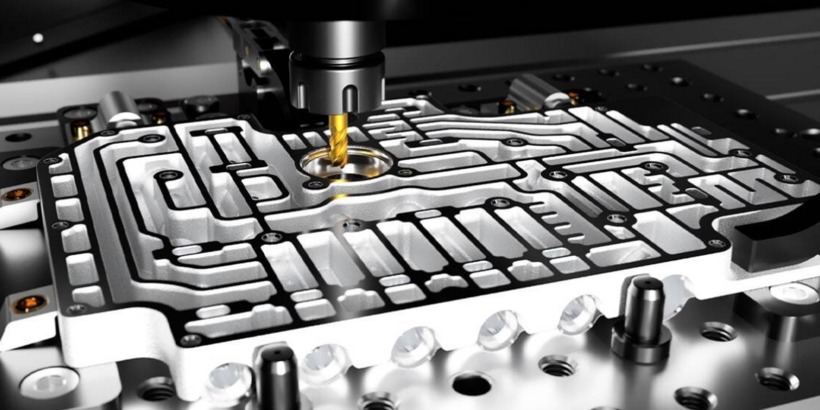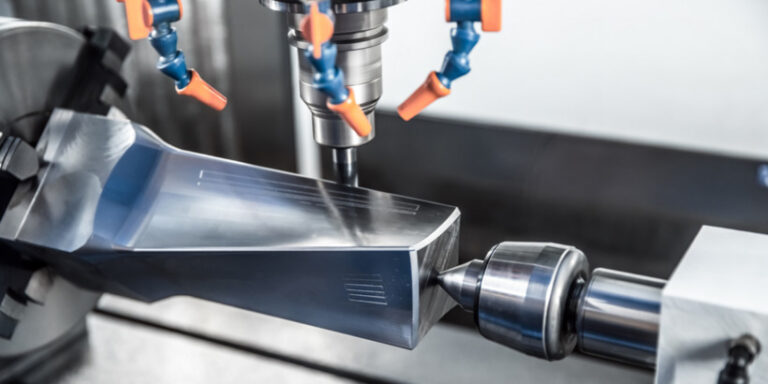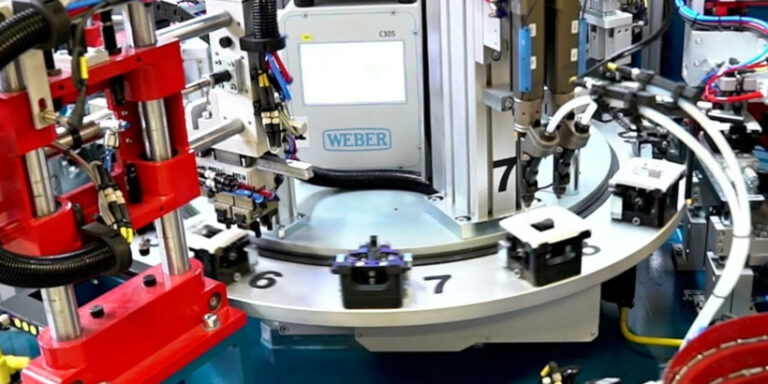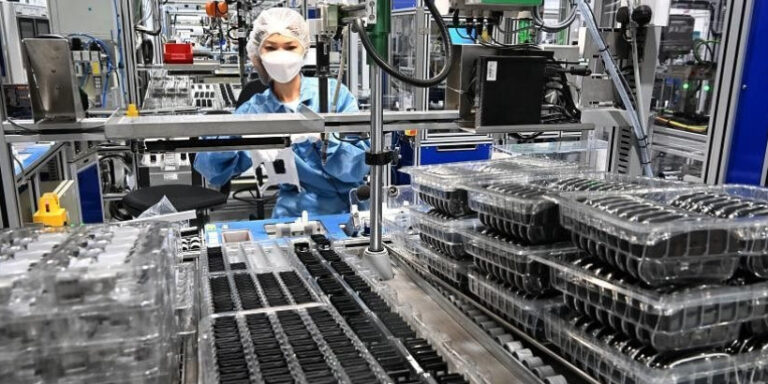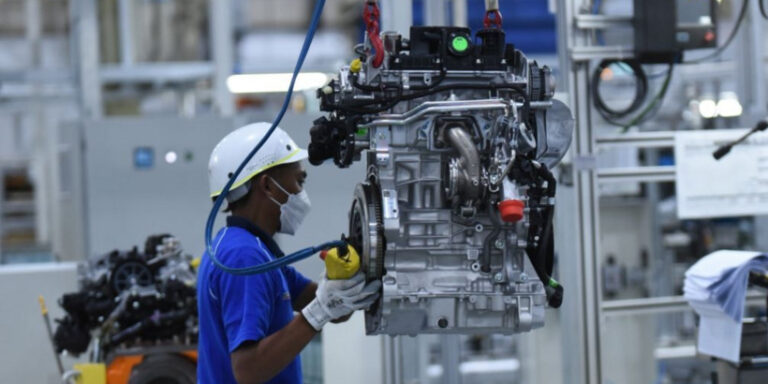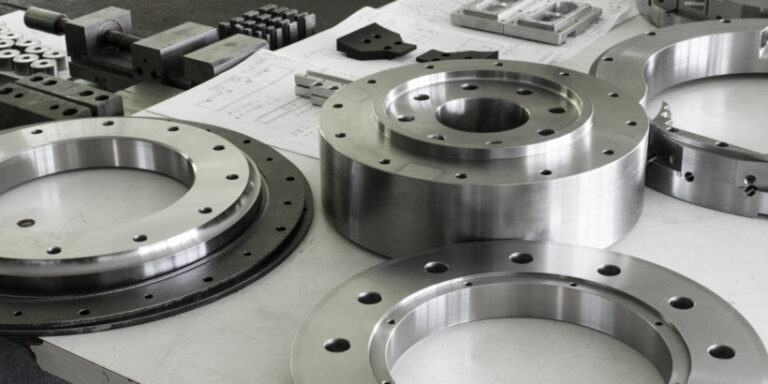The Role Of Robotics In Modern Manufacturing
As someone who has always been fascinated by technology and its ability to transform industries, I am excited to delve into the topic of robotics in modern manufacturing.
The integration of robots into manufacturing processes is not a new concept, but it has gained significant momentum over the past few years as advancements in technology continue to push boundaries.
The role that robots play in modern manufacturing is multifaceted – they can improve efficiency, increase productivity, reduce costs, and even enhance safety measures.
With such a wide range of benefits, it’s no surprise that more and more companies are turning to robotics as a solution for their manufacturing needs.
In this article, we will explore some of the ways that robotics is revolutionizing the manufacturing industry and what impact this could have on businesses and workers alike.
Benefits Of Robotics In Manufacturing
When it comes to modern manufacturing, one thing is for sure: adopting robotics can make all the difference.
As someone who has seen firsthand how this technology can transform a factory floor, I am convinced that there are countless benefits to be had.
For starters, robots never tire or get distracted like human workers do, which means they can consistently produce high-quality products without fail.
Additionally, as more companies invest in these machines, employees have the opportunity to skill up and learn how to operate them providing valuable experience that will serve them well in the future.
All things considered, there’s no doubt that incorporating robotics into your manufacturing process is a smart move one that will pay dividends for years to come.
Types Of Robots Used In Manufacturing
Let’s talk about the different types of robots used in manufacturing, like industrial robotics and autonomous robotics. I’m curious to learn more about how these robots are changing the way we manufacture goods and products.
Industrial Robotics
As someone who has always been fascinated by technology, I find the use of Industrial Robotics in modern manufacturing to be truly remarkable.
However, it is important to acknowledge that there are programming challenges that come with using these robots efficiently and effectively.
While they can perform repetitive tasks at high speeds, proper programming is essential for them to operate smoothly without errors or accidents.
Additionally, knowledge transfer becomes a crucial factor when training workers on how to operate and maintain these machines.
It’s not just about understanding how to program them; it’s also about ensuring that everyone involved understands the technical aspects of operating the machinery safely and effectively.
Autonomous Robotics
Now, let’s shift our focus to another type of robot commonly used in manufacturing: autonomous robotics.
As someone who has always been intrigued by the capabilities of robots, I find the concept of remote control and artificial intelligence fascinating.
Autonomous robots are designed to perform tasks without human intervention or guidance, making them incredibly useful for repetitive and dangerous jobs on the factory floor.
These machines can be programmed with AI algorithms that enable them to learn from their surroundings and make decisions based on data collected through sensors.
With advancements in technology, it’s becoming increasingly common for manufacturers to incorporate more autonomous robots into their operations.
Automation And Job Loss
Now that we have discussed the different types of robots used in manufacturing, it’s important to address a topic that has caused some concern: automation and job loss.
While robotics technology has undoubtedly improved efficiency and productivity in factories, there is also a fear that it will replace human workers entirely. This raises questions about automation ethics – are companies prioritizing profits over employees’ livelihoods?
However, it’s important to acknowledge that the introduction of new technologies has always changed the workforce landscape throughout history. It’s not necessarily a bad thing; rather, it requires adaptation and job retraining for displaced workers.
As such, instead of resisting technological advancements altogether, governments can invest in education programs and provide support for those who need to switch industries or learn new skills. Ultimately, finding ways to balance innovation with social responsibility will be crucial for sustainable progress in modern manufacturing.
Cost-Effectiveness Of Robotics
I’m curious to hear your thoughts about the increased productivity and reduced labor costs that robotics can bring to modern manufacturing. What have you seen in terms of the impact robotics has had on these two areas?
Increased Productivity
Hey there! Let’s talk about how robotics can increase productivity in modern manufacturing.
When it comes to the cost-effectiveness of robotics, efficiency gains are one of the biggest advantages. Robots can work tirelessly around the clock without breaks or downtime, leading to significant increases in production speed and output.
With higher automation levels enabled by robots, factories can produce more goods with fewer errors and defects, reducing wastage and costs associated with reworking or scrapping products.
Ultimately, this results in a boost in overall productivity that translates into better profitability for businesses. So if you’re looking to improve your manufacturing processes’ efficiency and cut down on expenses, investing in robotics could be an excellent solution for your business needs.
Reduced Labor Costs
So we’ve talked about how robotics can improve productivity gains and efficiency in modern manufacturing.
But that’s not all – robots also offer a significant advantage when it comes to labor optimization, specifically by reducing labor costs.
By automating repetitive tasks, manufacturers can save on hiring and training expenses while avoiding the risk of human error or accidents.
In addition, robots can work longer hours without breaks or overtime pay, leading to further cost savings for businesses.
With reduced labor costs, companies can allocate resources towards other areas of their operations, such as research and development or marketing initiatives.
It’s clear that investing in robotics is a smart move for any business looking to improve its bottom line.
Robotics In Production Control
When it comes to production control, robotics plays a significant role in ensuring efficiency and accuracy. Integrated systems that combine robots with other machines can help reduce human error and speed up the manufacturing process.
Additionally, data analysis provided by these systems can give valuable insights into production trends, allowing manufacturers to make informed decisions about optimizing their processes. With robotics in place for production control, companies are better equipped to meet demand while maintaining quality standards.
The use of integrated systems and data analysis is not only beneficial in terms of increasing productivity but also a wise investment for long-term success in modern manufacturing.
Robotic Maintenance And Safety
In the previous section, we discussed how robotics has revolutionized production control in modern manufacturing. Now, let’s dive into another critical aspect of robotics in this industry – robotic maintenance and safety.
Did you know that according to a recent survey, over 80% of manufacturers have implemented some form of predictive maintenance program within their facilities? This statistic highlights the importance of ensuring optimal performance and longevity for these advanced machines.
Here are three ways machine learning and data analysis play a vital role in maintaining and improving robotic systems:
- Predictive Maintenance: By analyzing real-time data from sensors embedded within robots, machine learning algorithms can detect potential issues before they occur.
- Performance Optimization: Data-driven insights enable technicians to adjust robots’ settings to optimize speed, accuracy, and energy-efficiency while minimizing downtime and errors.
- Safety Enhancement: With constant monitoring and analysis of operational data via AI-powered software solutions, manufacturers can enhance safety protocols around hazardous tasks.
By leveraging machine learning and data analysis techniques alongside human expertise, manufacturers can ensure maximum uptime for their robots while enhancing worker safety. In today’s highly competitive marketplace, it is essential to stay ahead with cutting-edge technology to maintain an edge against competitors.
The Future Of Robotics In Manufacturing
As technology continues to advance, the future of robotics in manufacturing is becoming increasingly exciting.
One major development is AI integration, which allows robots to learn from their environment and make decisions based on data collected during production processes. This can lead to increased efficiency and accuracy in manufacturing operations.
Additionally, data collection through sensors and other technologies can provide valuable insights into performance metrics like cycle times and quality control. These advancements have already led to significant improvements in productivity, safety, and cost-effectiveness within many manufacturing industries.
As we move forward, it’s clear that robotics will continue to play a crucial role in shaping the future of modern manufacturing.
Conclusion
In conclusion, the role of robotics in modern manufacturing cannot be overstated. Robots have revolutionized the way we produce goods and services, making it faster, safer, and more efficient than ever before. They are a game-changer in every sense of the word.
The benefits of using robots in manufacturing far outweigh any potential downsides. With their precision and speed, they can do things that humans simply cannot match. They don’t need breaks, time off or even vacations! Plus, they help to reduce costs by minimizing errors and waste while increasing productivity.
Moreover, the future of robotics in manufacturing is bright. As technology continues to improve, robots will become even more versatile and capable of handling complex tasks. They will work alongside humans to create new possibilities that were once thought impossible.
In summary, if you’re looking for an industry that’s constantly innovating and pushing boundaries then look no further than modern manufacturing with robotics at its core – where anything is possible!
